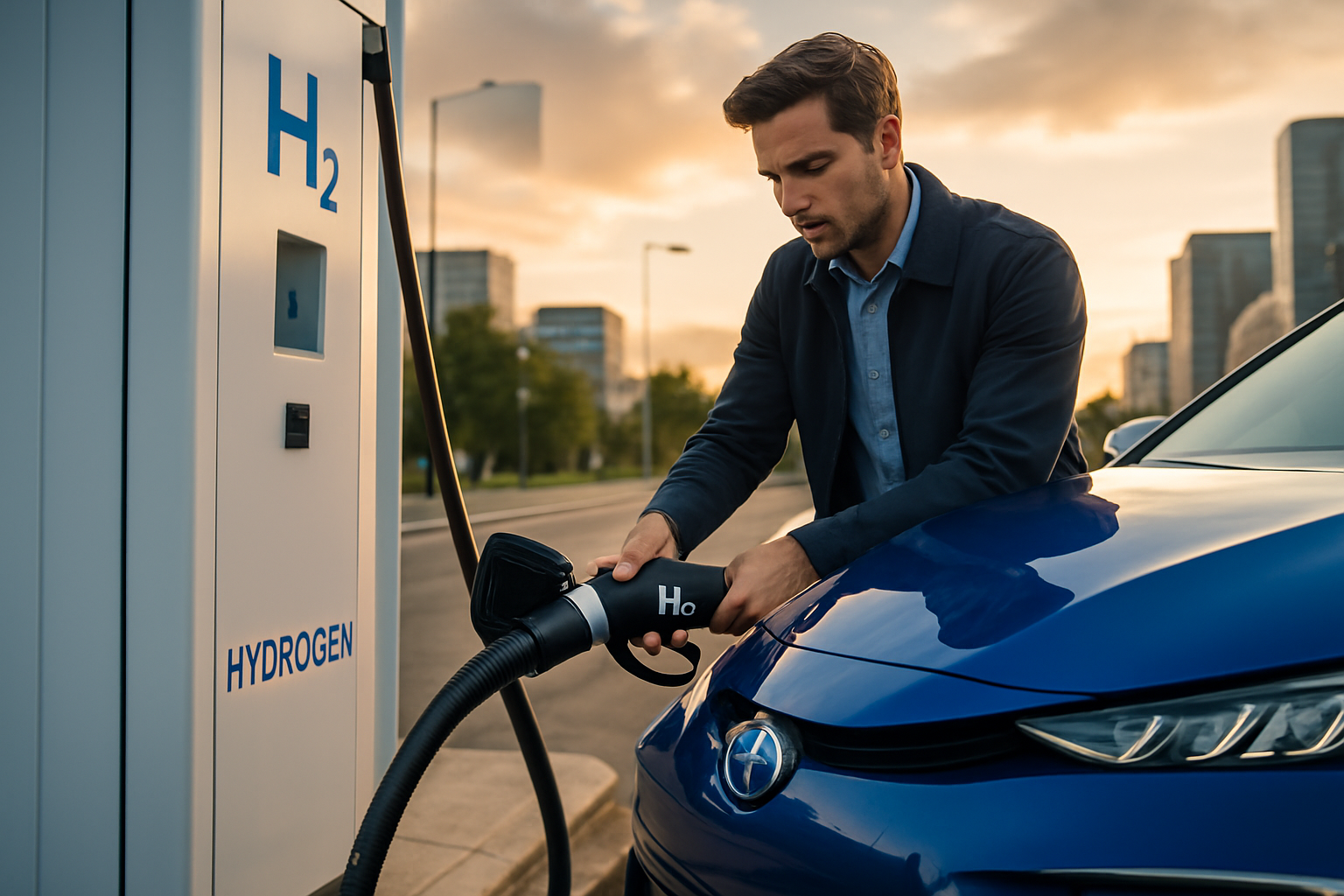"Riding the Wave of Hydrogen Fuel Cell Vehicles: A Deep Dive into the Future of Automotive Technology"
Introduction: Imagine a world where vehicles emit nothing but water vapor, where the fuel that powers your car is as abundant as the universe itself. Welcome to the world of Hydrogen Fuel Cell Vehicles (HFCVs), a technology that promises to revolutionize the automotive industry.

A Historical Perspective on Hydrogen Fuel Cell Vehicles
The concept of hydrogen as a fuel source is not new. In fact, it dates back to the 19th century when British scientist Sir William Grove discovered the principle of fuel cells. However, it wasn’t until the 1960s that General Motors developed the first hydrogen fuel cell vehicle, the Electrovan. Despite its groundbreaking technology, the Electrovan was not commercially viable due to its high production cost and lack of hydrogen infrastructure. Fast forward to the 21st century, and we see a resurgence of interest in HFCVs, with major automakers like Toyota, Honda, and Hyundai launching their own models.
The Science Behind Hydrogen Fuel Cell Vehicles
At the heart of every HFCV is the fuel cell stack. This device converts hydrogen gas stored in high-pressure tanks and oxygen from the air into electricity, which powers the vehicle’s electric motor. The only byproduct of this process is water vapor, making HFCVs a zero-emission technology.
Current Trends and Developments in the HFCV Industry
Today, the HFCV market is witnessing significant growth, driven by stringent emission regulations and increasing environmental awareness. According to a report by Grand View Research, the global HFCV market size is expected to reach USD 42.04 billion by 2026. Moreover, automakers are investing heavily in research and development to improve fuel cell efficiency, reduce costs, and expand hydrogen refueling infrastructure.
The Impact of HFCVs on the Automotive Industry and Beyond
The rise of HFCVs could have profound implications for the automotive industry and the broader energy sector. For automakers, it represents a shift away from internal combustion engines towards more sustainable technologies. For the energy sector, it could stimulate the growth of the hydrogen economy, creating new opportunities in hydrogen production, storage, and distribution.
The Road Ahead: Challenges and Opportunities
Despite their potential, HFCVs face several challenges. These include high vehicle costs, limited hydrogen infrastructure, and the need for sustainable hydrogen production methods. However, with ongoing technological advancements and supportive government policies, the future of HFCVs looks promising.
In conclusion, Hydrogen Fuel Cell Vehicles represent a fascinating intersection of science, technology, and sustainability. As we move towards a greener future, they offer a compelling vision of what transportation could look like in the not-too-distant future.





